10 Lower Back Pain Treatments You Can Do At Home
Low back pain affects more than three million people in the United States each year. Most back pain is caused by a muscle or ligament injury or strain. Factors that may contribute to low back pain are a lack of regular exercise, poor posture, improper lifting, arthritis, and a ruptured disc. Most cases will go away on their own in two to four weeks. If the condition is not serious, try these forms of treatment at home with a doctor’s consent.
10. Ice
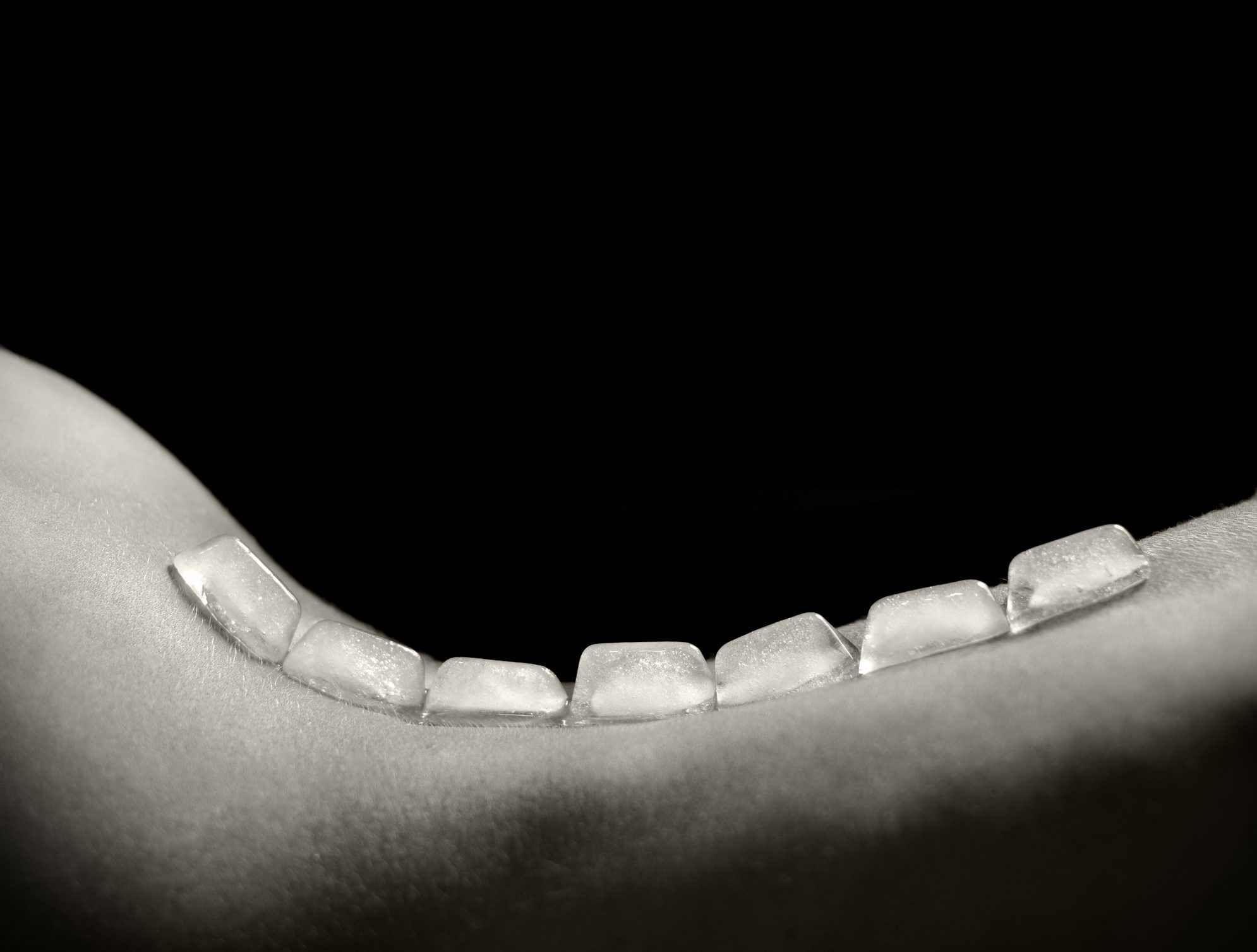
If back pain is caused by an injury, applying ice instead of heat within the first twenty-four to forty-eight hours will significantly reduce inflammation. According to E. Anne Reicherter, associate professor of physical therapy at the University of Maryland School of Medicine, “Even though the warmth feels good because it helps cover up the pain and it does help relax the muscles, the heat actually inflames the inflammatory processes.” Icing for twenty minutes a day should help decrease pain.
9. Practice Good Posture
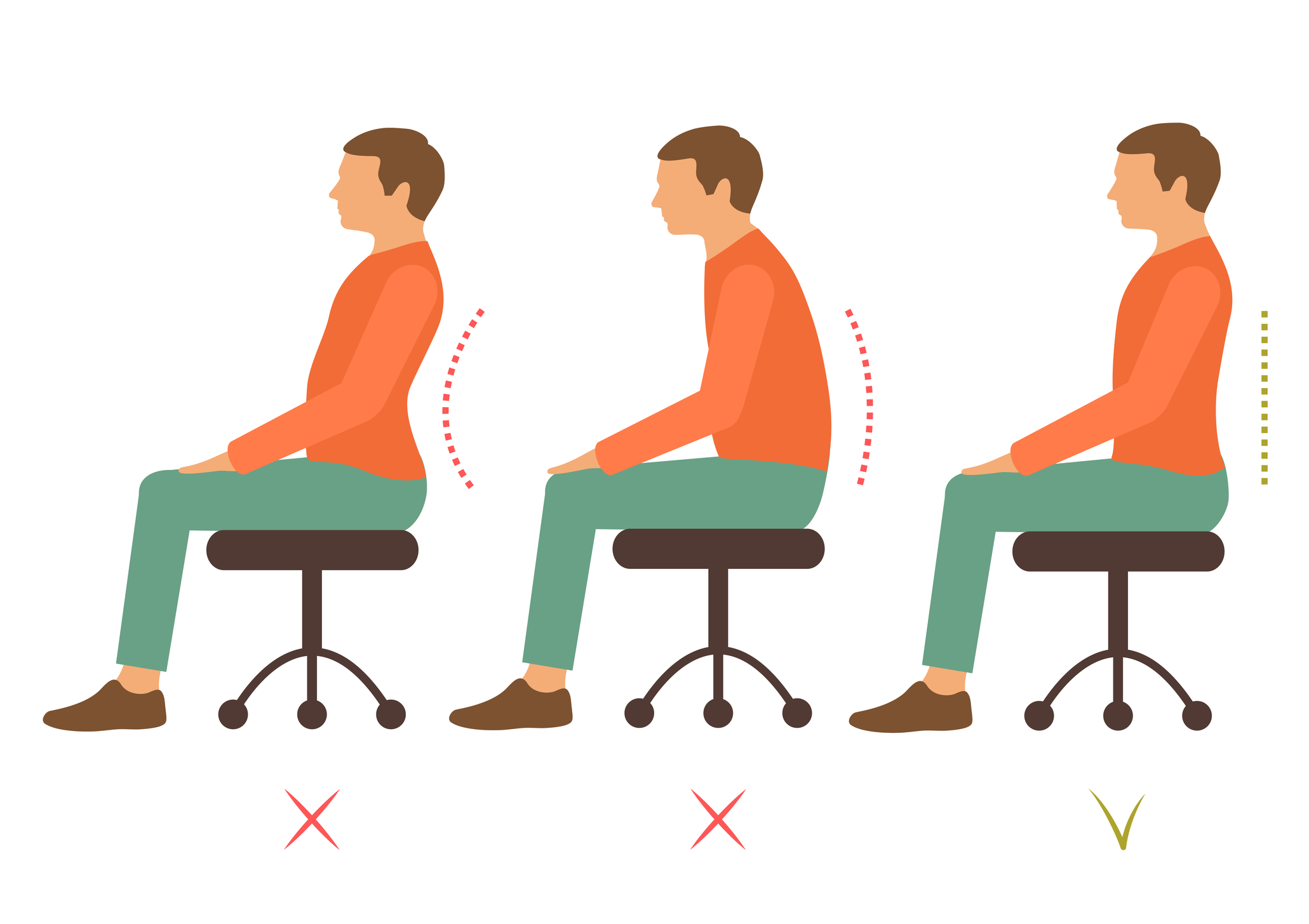
Slumping over is a common way to develop back pain as it puts additional stress on various parts of the back. Start paying more attention to posture habits while at work, in the car, or even while sitting and watching television. Opt for chairs or furniture that support the lower back. Practice sitting up straight in chairs and be mindful of posture while lifting heavy objects. Never bend directly over at the waist and be sure to lift with the legs, not the back. If maintaining good posture is difficult for you, using abrace with lumbar supportcan help keep your spine aligned.
8. Move Around

It might be hard to find motivation to move around a lot when back pain is present, but keeping daily activities up like making the bed, walking the dog and going to work may reduce pain. Reicherter says, “Our spines are like the rest of our body; they are meant to move.” Stay mobile once the back pain starts to subside by participating in gentle aerobic exercise such as walking, swimming, and bicycling. Be careful not to overdo it and cause additional pain. Be sure to wear comfortable shoes with plenty of arch support to avoid aggravating your back even more.
7. Invest In A New Mattress
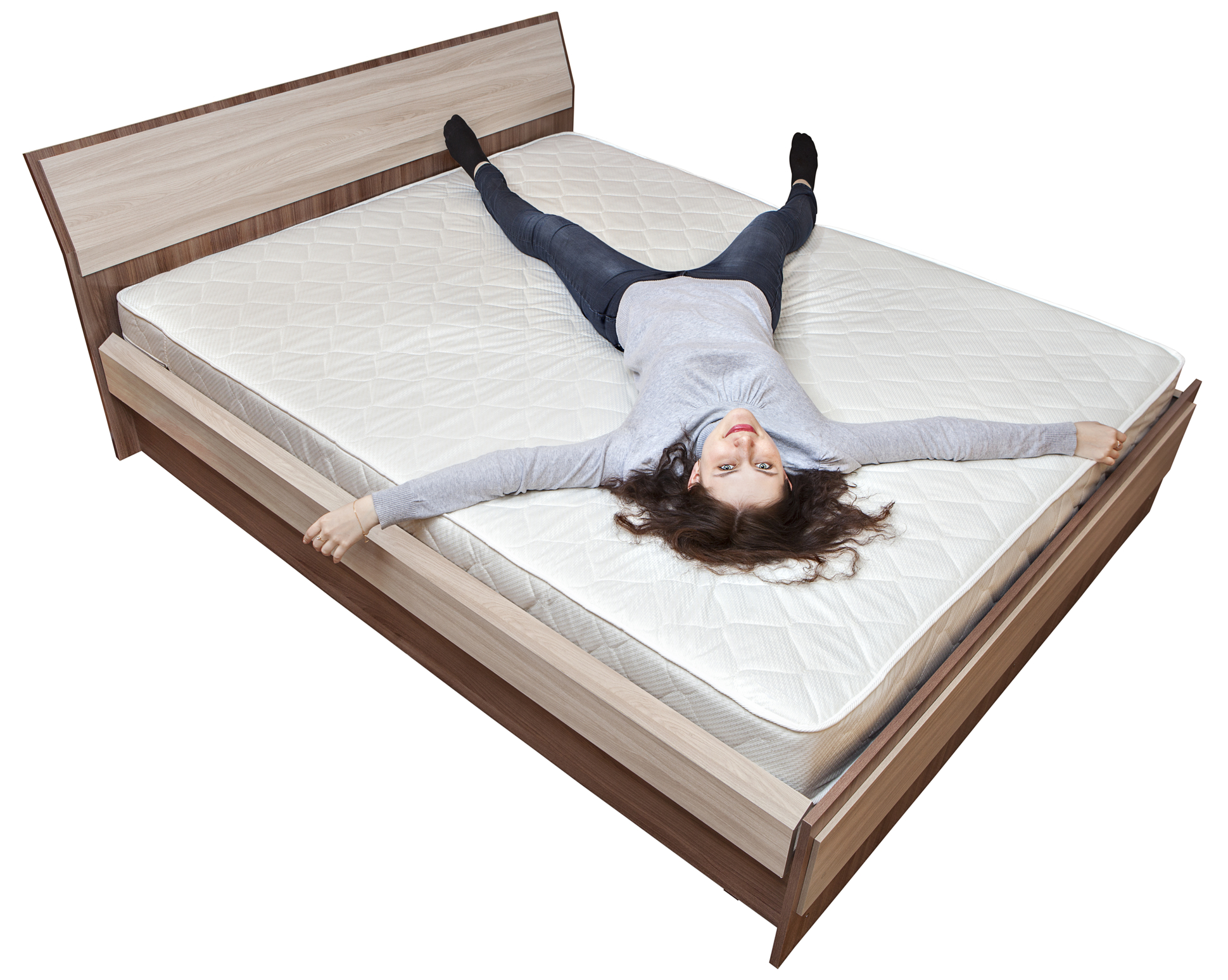
Waking up in the morning with a sore back may be an indication of a bad mattress. Mattresses are so important to back pain that multiple studies have been done on the topic. Most people think firm mattresses are best for low back pain, but a 2003 study found that mattresses with medium firmness are the best for pain management in people who suffer from disabilities or chronic low back pain.
6. Strengthen Back Muscles
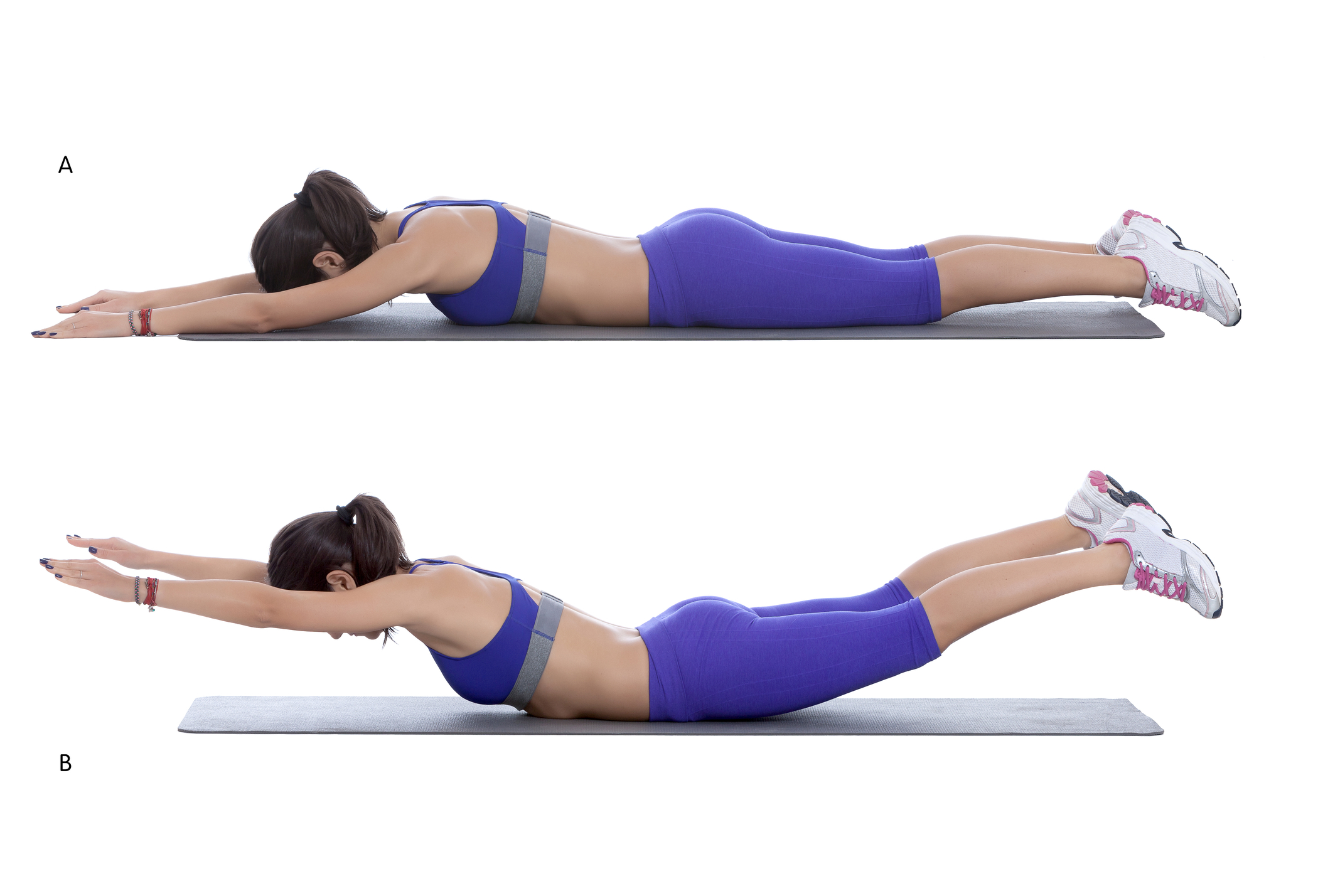
Some cases of low back pain might be due to inactivity or under-utilization of the muscles, which may cause weakness and aches. Back muscles are needed to support proper posture and ailment of the spine, which may help reduce pain. “Superman” exercises are safe to do at home because they do not require equipment. Lay face down on the ground with the arms extended overhead. Raise both arms and legs off the floor at the same time and gently bring them down. Repeat ten times. Consider a yoga mat to absorb some of the hardness of the floor while you're working out.
5. Stretching

Low back pain may be caused by tight muscles. Stretching at home is an easy fix. Stretching throughout the day while at work is also a good way to prevent tight muscles. “Because most of us spend a lot of time bending forward in our jobs, it's important to stand up and stretch backward throughout the day,” says Reicherter. Many Pilates and yoga exercises target stretching of the lower back and can be done at home first thing in the morning to alleviate pain.
4. Opt For Low Heeled Shoes

High heels may contribute to back pain because they create unstable posture and put pressure on the lower back. Wearing high heels may also cause tightness in the legs, which may also contribute to lower back pain. Swap out high heeled shoes or boots for footwear that has a heel of less than one inch. Wearing comfortable shoe inserts or orthotics may also help with posture and low back pain. Also be sure to have shoes properly fitted as shoes that are too small may cause back pain.
3. Stop Smoking

According to some studies, smokers experience more low back pain than nonsmokers. Smoking increases the risk of osteoporosis of the spine and other joint problems. Osteoporosis is a condition in which the bones become fragile and brittle either from loss of tissue, a change in hormones, or calcium and vitamin D deficiency. It may also lead to an increased risk of compressions in the spine. While there are smoking cessation programs available, seeking professional treatment is the recommended way to quit smoking.
2. Lose Weight

Losing weight means less strain on the back, which can significantly reduce pain. Even carrying a few pounds extra may increase pressure on the spine. Following a healthy diet and exercise program is the best way to lose weight and keep it off. Opt for lean cuts of meat and fresh fruits and vegetables over fast food. Walking for thirty minutes three times a week is a great low impact exercise that will not cause more back pain.
1. Natural Remedies
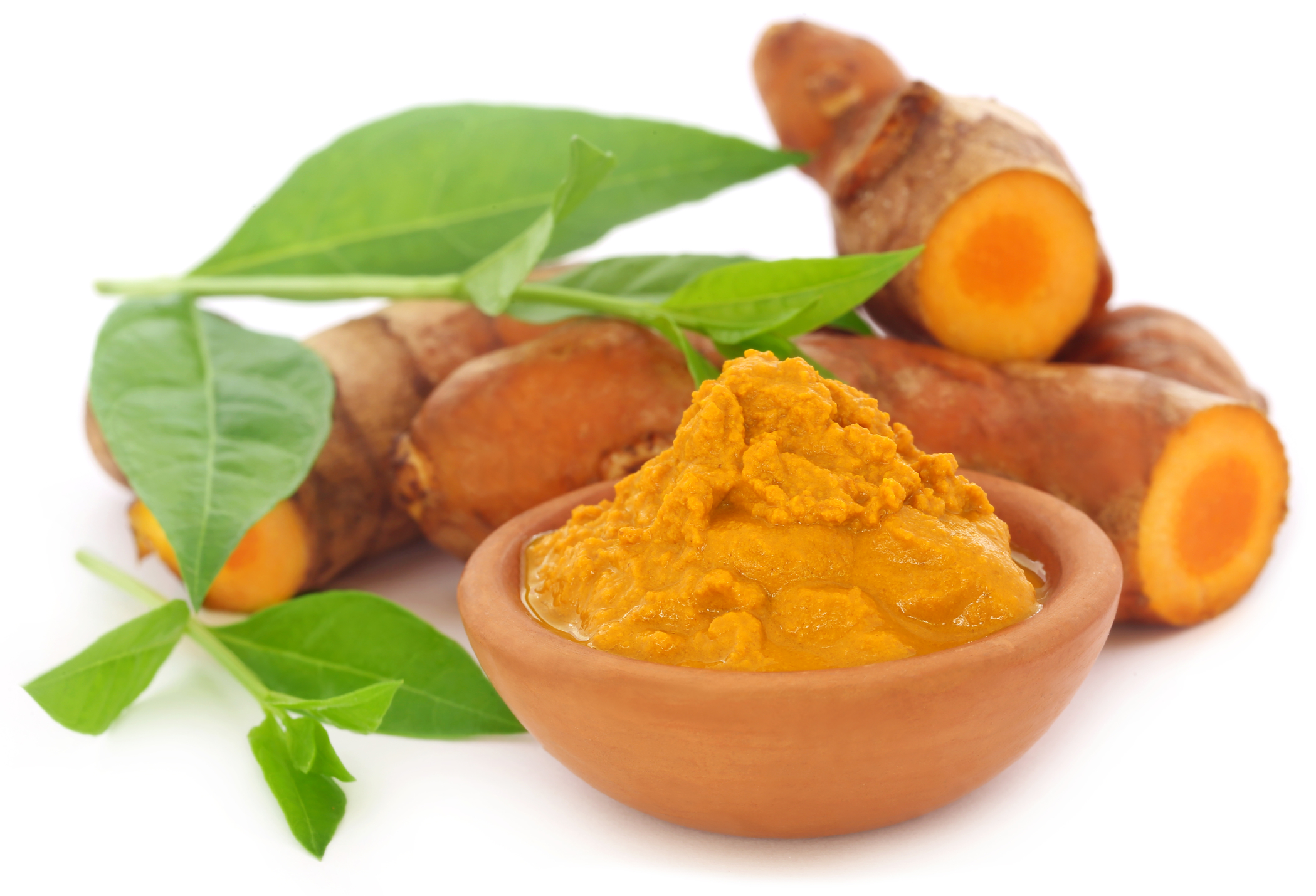
Although over-the-counter pain medications such as Tylenol and Advil may temporarily relieve back pain, they come with unwanted side effects such as upset stomach and ulcers. Natural anti-inflammatory supplements such as turmeric, bromelain, and Boswellia are excellent for reducing painful inflammation. They can be found in supplement form at most health food stores. Other useful herbs to safely treat pain are ginger, devil’s claw, Ginseng, Kava Kava, and Saint John’s Wort. Many essential oils such as lavender and peppermint have natural anti-inflammatory properties that are beneficial when massaged into the back.
